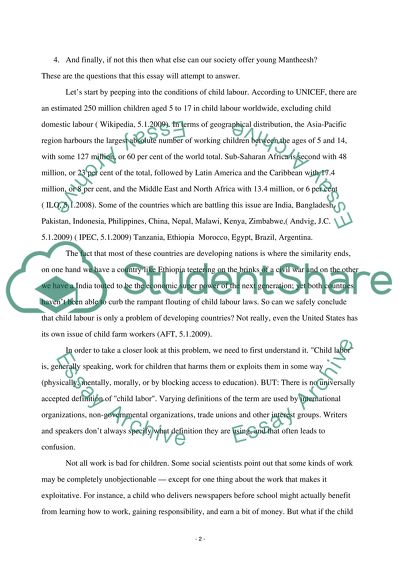Cite this document
(“The Fashion Industry Did Not Exploit Their Labour Base Essay”, n.d.)
Retrieved from https://studentshare.org/social-science/1501768-the-fashion-industry-did-not-exploit-their-labour-base
Retrieved from https://studentshare.org/social-science/1501768-the-fashion-industry-did-not-exploit-their-labour-base
(The Fashion Industry Did Not Exploit Their Labour Base Essay)
https://studentshare.org/social-science/1501768-the-fashion-industry-did-not-exploit-their-labour-base.
https://studentshare.org/social-science/1501768-the-fashion-industry-did-not-exploit-their-labour-base.
“The Fashion Industry Did Not Exploit Their Labour Base Essay”, n.d. https://studentshare.org/social-science/1501768-the-fashion-industry-did-not-exploit-their-labour-base.


